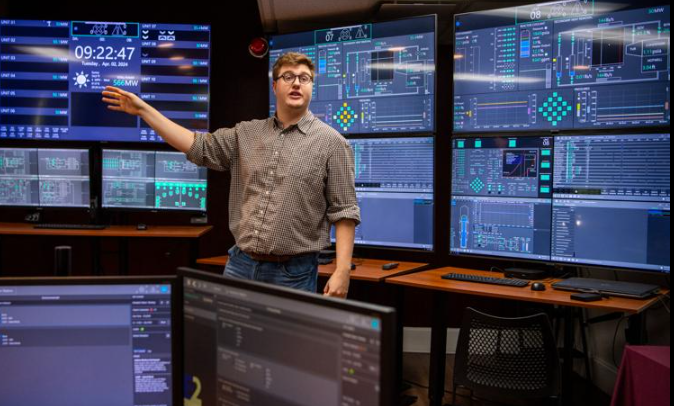
Texas A&M’s Role in the Future of Small and Micro Nuclear Reactors
Texas A&M University is at the forefront of nuclear energy innovation through its
Center for Advanced Small Modular and Micro Nuclear Reactors (CASMR). Established in 2021
in response to the Texas power grid failure, CASMR aims to develop safe, reliable, and
sustainable small and micro modular nuclear reactors (SMRs and MMRs).
At the heart of CASMR is a NuScale small modular reactor simulator, which allows researchers and students
to study and test nuclear reactor operations under various worst-case scenarios. The facility is led by
Dr. Yassin A. Hassan, a longtime professor of nuclear and mechanical engineering at Texas A&M.
One of the key advantages of SMRs is their ability to quickly adjust to power demands using
advanced automation and digital control systems. Unlike traditional nuclear reactors, SMRs feature
passive safety mechanisms that rely on the laws of physics to prevent meltdowns—even in the event of
a coolant leak or system failure.
Beyond Texas, the global demand for micro nuclear reactors is growing, particularly in Africa and Asia,
where power grids are underdeveloped. These reactors require little to no maintenance for over a decade,
making them an attractive option for off-grid energy solutions.
Former U.S. Secretary of Energy and Texas Governor Rick Perry has also voiced support for nuclear innovation,
stating that Texas A&M has the potential to be a world leader in nuclear engineering. He emphasized the need for
federal incentives to support SMRs, similar to past incentives for wind and solar energy.
As nuclear energy continues to evolve, Texas A&M’s CASMR is positioning itself as a leader in
research and development, contributing to a future where nuclear, solar, wind, and fossil fuels work
together to provide a diverse and resilient energy mix.
